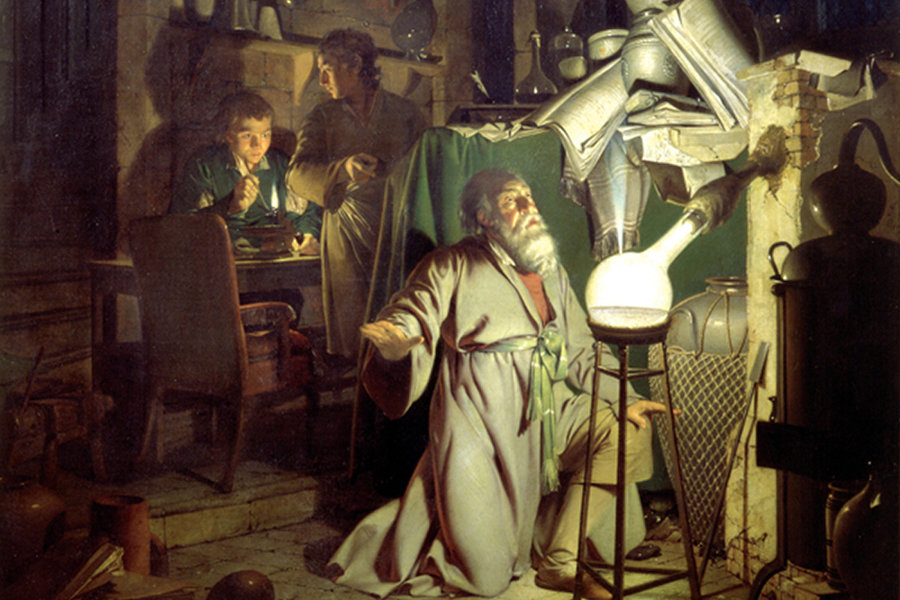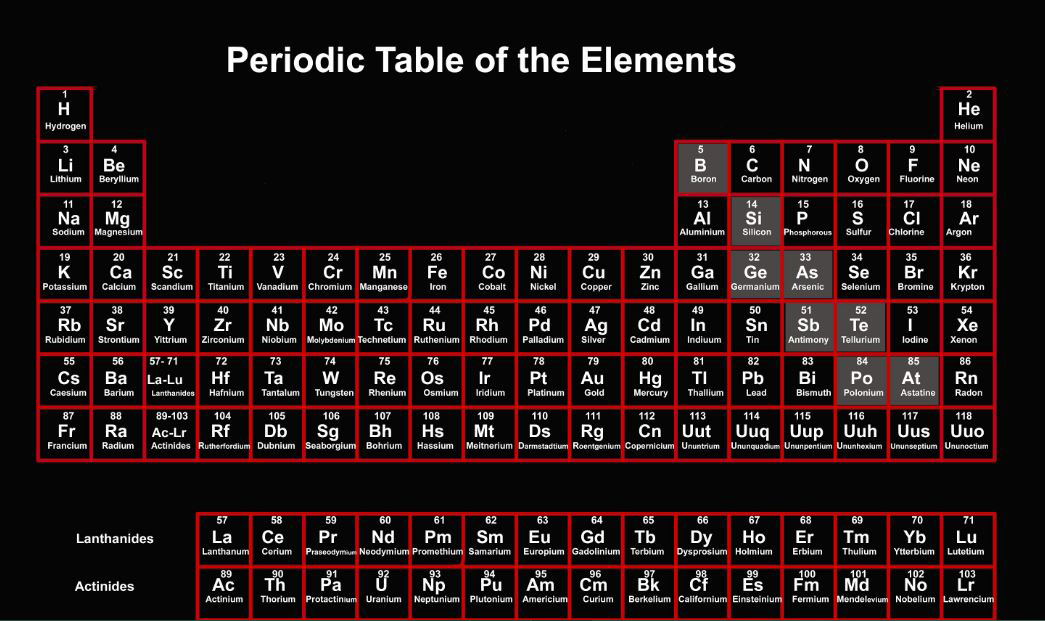
The Hidden Structure of Knowledge

Democritus
Known as the “laughing philosopher.” There is speculation that he was laughing at his critics who clearly had not thought things out as well as he had. He said: “Nothing exists except atoms and empty space; everything else is opinion.”

The Alchemists
Labored to produce more valuable materials from more basic ones for centuries but lacking the knowledge of the specific categories of atoms and their principles of combination, they labored in the dark with no way to predict what would happen when they combined substances.
Symbolic AI: A Failure of Epistemology
The practical difficulty of the problem is illustrated by Cyc, an artificial intelligence project that has attempted to assemble a comprehensive ontology and knowledge base of everyday common sense knowledge, with the goal of enabling AI applications to perform human-like reasoning. It is essentially a huge rule-based “expert” system.
The project was started in 1984 at the Microelectronics and Computer Technology Corporation (MCC) and has been ongoing. Cyc has compiled a knowledge base containing over 3 million assertions. The project’s own estimate is that this number of assertions represents 2% of what an average human knows about the world. Thus by this approach, the knowledge base of a functional AGI would consist of 150 million assertions. The project can hardly be considered a success.
MIT’s Open Mind Common Sense AI project uses a semantic network instead of an expert system architecture but it suffers from the same failings, it has over 1 million facts or assertions. These projects bring to mind the plight of medieval alchemists whose knowledge of the material world could only be acquired one experiment at a time.
Applied Espistemology

The Periodic Table
Today we know the specific categories of atoms, we know their number and we know which will combine with which. That knowledge is elegantly displayed in the periodic table of the elements.
What we have discovered is that the core building blocks of knowledge exist in a number of discrete categories and that instances within these categories may only be combined with other instances to create more complex concepts according to fixed rules. This epistemological framework allows the software to assemble the core building blocks into models that accurately represent reality, this is, make sense rather than nonsense.
